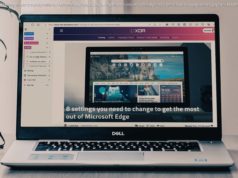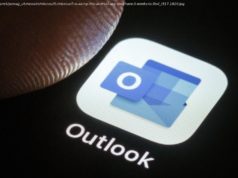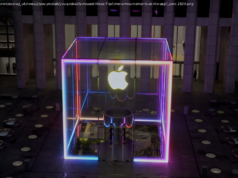As recently as a couple of years ago, Nintendo very much felt like a company at a crossroads. The Wii U presented a rare major misfire for the gaming giant, while its executives stubbornly clung to a strategy that actively excluded smartphones. The Nintendo of 2018, however, feels newly invigorated…
As recently as a couple of years ago, Nintendo very much felt like a company at a crossroads. The Wii U presented a rare major misfire for the gaming giant, while its executives stubbornly clung to a strategy that actively excluded smartphones.
The Nintendo of 2018, however, feels newly invigorated. In January, the company announced that the Switch had blown past the Wii’s record to become the fastest selling U. S. console, with 4.8 million units moved in 10 months. These days, that number is closer to 5.9 million in the States, with 17.79 million units sold globally as of April, by NPD’s count.
“We learned from previous launches,” Nintendo executive Doug Bowser ( different Bowser) said in an interview with TechCrunch upstairs at the company’s E3 booth. “We made sure we launched with great content. And then we’ve had a steady drumbeat of new titles.”
The company addressed that issue with the launch of the flagship Zelda title Breath of the Wild, alongside the console. This time two years ago, the company’s booth was awash with Zelda imagery, made up to look like a small-scale version of Hyrule. In 2018, Super Smash Bros. Ultimate is the clear focus, as its E3 presence has shifted to something more tournament style, with large screens displaying the mega-crossover fighting game.
For the company, those two titles represent the company’s first-party play for an “active gamer” segment — a more direct take on the likes of PlayStation and Microsoft. Nintendo’s family-friendly approach is still present in those titles it produced in-house, but things have softened a bit, perhaps, when it comes to embracing third-party titles.
“Our goal with Nintendo Switch is to appeal to a broad audience,” said Bowser. “That goes well beyond family-friendly titles, and obviously with some of the third-party content we’ve brought to the platform, there’s more mature content. We want to make it accessible, but clearly when it comes to our own IP, it’s in a more family-friendly arena.”
Today’s release of Fortnite for the Switch is a pretty clear example of this. It’s a big win for both parties, as the fast-selling console gets access to the large cross-platform title. But even that is a far cry from some of the extreme gore we saw on the big screen last night at Sony’s big kick-off event.
For younger players, the 3DS/2DS is still going surprisingly strong for an eight-year-old system. 2017 actually saw a jump in consoles sold over the year prior. “Younger consumers are coming in through our 2DS and 2DS XL platforms,” said Bowser. “It’s a great entry point for us. As long as consumers are voting, we’ll continue to support it.”
And for all of its early foot-dragging, mobile has clearly been a boon for the company. First-party games like Super Mario Run and third-party partnerships like Pokémon GO have gone a ways toward spreading the gospel of Nintendo IP. Late last month, Niantic announced that its AR game had hit a staggering 800 million downloads.
The newly announced Switch titles Let’s Go Pikachu and Let’s Go Eevee represent another step toward a more open, cross-platform Nintendo, as well. The Poké Ball Plus peripheral lets users capture Pokémon on the mobile title and utilize them into the Switch game. It’s a compelling bit of synergy that could point a ways forward, wherein smartphones and the Switch play even more nicely together.






